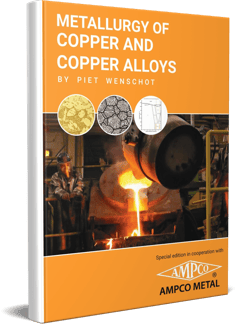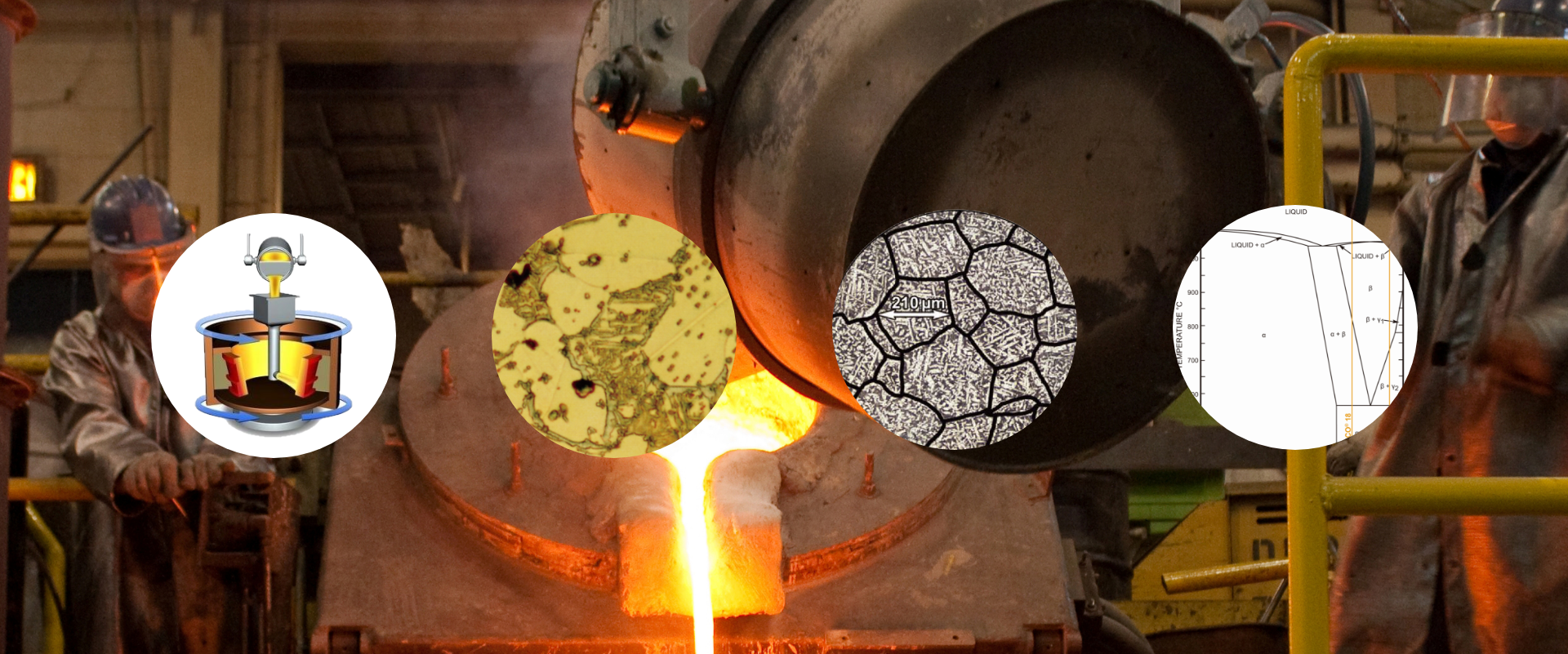Centrifugal casting is a process that delivers components of high quality. It is a proven technology for applications like jet engine compressor cases, hydro wearings, military products, and other high-reliability applications. Let's dive deeper into the world of this centuries-old production method.
The first patent on a centrifugal casting process was obtained in England in 1809 and 40 years later, centrifugal casting was first used in Baltimore to produce cast iron pipes.
Nowadays, centrifugal casting is mainly used to manufacture cylindrical components of high integrity and is a popular technology of choice for the manufacture of centrifuged and mechanical tubes, rings, bearings, rollers, bushings, ball valves, and shaft sleeve or sleeve. What is centrifugal casting and what are its advantages?
What is centrifugal casting?
The process involves using a centrifugal force (high-speed rotation action) to exert pressure on the molten metal, and it is poured from an external source into a spinning die. The centrifugal force acts to distribute the molten metal in the spinning die at pressures close to 100 times the force of gravity. The mold rotates until the whole casting solidifies. Because of the high G-forces involved in this casting method, the less dense materials, including impurities, are forced to go to the inside diameter periphery of the part, which is subsequently removed by machining, and defects related to gas and porosity are reduced.
The centrifugal process
Before pouring the liquid metal, the spinning die must be preheated; initial mold temperatures vary over a wide range according to the metal casting, the mold thickness, and the wall thickness of the tube casting. Initial mold temperature does not affect the structure of the resultant cast.
After pouring, the casting needs to solidify; this can be speeded up by spraying water onto the outside diameter. The solidification begins at the outside diameter of the casting, which is in contact with the mold and continues inward toward the casting inside diameter. Directional solidification, starting from the outer face in contact with the metal mold, realizes a sound cast metal quality, free of cavity and inclusions. The centrifugal force produces a hollow cylindrical product with no wall thickness variations.
Vertical vs. horizontal centrifugal processes
In general, there are two types of centrifugal processes; the vertical and the horizontal process.
In the vertical centrifugal process, the die is rotating around the vertical axis. These vertical castings can achieve this outside diameter profile limited by the spinning die. The internal diameter and the thickness of the wall vary according to the amount of metal poured into the spinning die.

In the production of horizontal castings, the die rotates around the horizontal axis. This process is especially suitable for long cylindrical parts, where the length of the parts is significantly greater than the outside diameter. The length of the pieces can be up to 3 meters. As with the vertical centrifuge, the inner dimension of the spinning die determines the outside diameter of the pieces, while the amount of metal poured into the mold determines the inside diameter.

Advantages of the centrifugal casting method
The method has proven to be an economical means of providing complex shapes by reducing machining needs and lower manufacturing costs compared to forged and cast parts.
Furthermore, products made by centrifugal casting
- exhibit a denser and finer granular structure.
- exhibit improved physical qualities (tensile strength, flow resistance, elongation, uniformity).
- can be adapted to specific needs as their structure is controlled by the amount of metal that is poured, making the centrifugal casting system highly flexible to meet demands.
- are of high quality and integrity because of their high density and freedom from oxides, gases, and other nonmetallic inclusions.
In conclusion, the centrifugal casting method is a proven manufacturing process of copper alloys with many convincing advantages from which AMPCO METAL and our customers benefit.
If you want to dive deeper into the world of copper and copper alloys, download a free extract of our book "Metallurgy of Copper and Copper Alloys"




